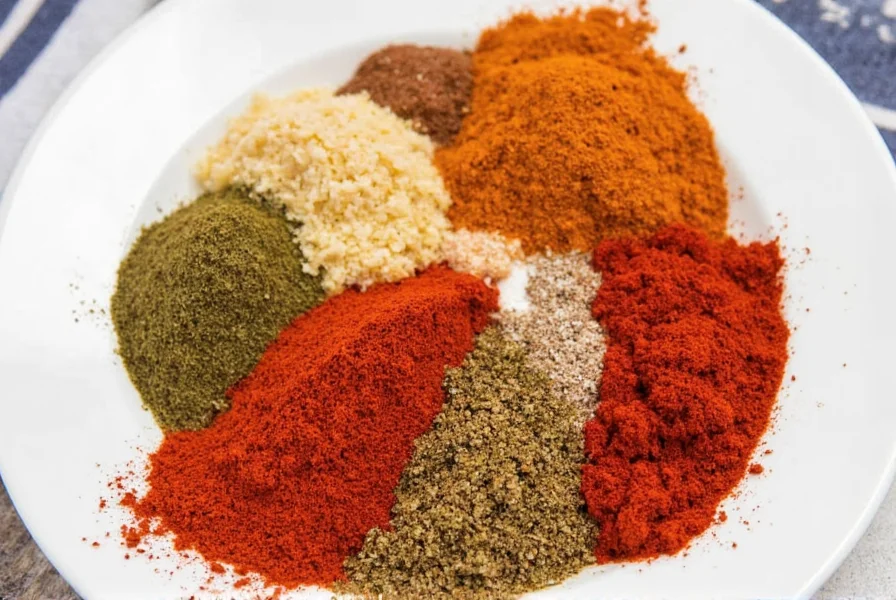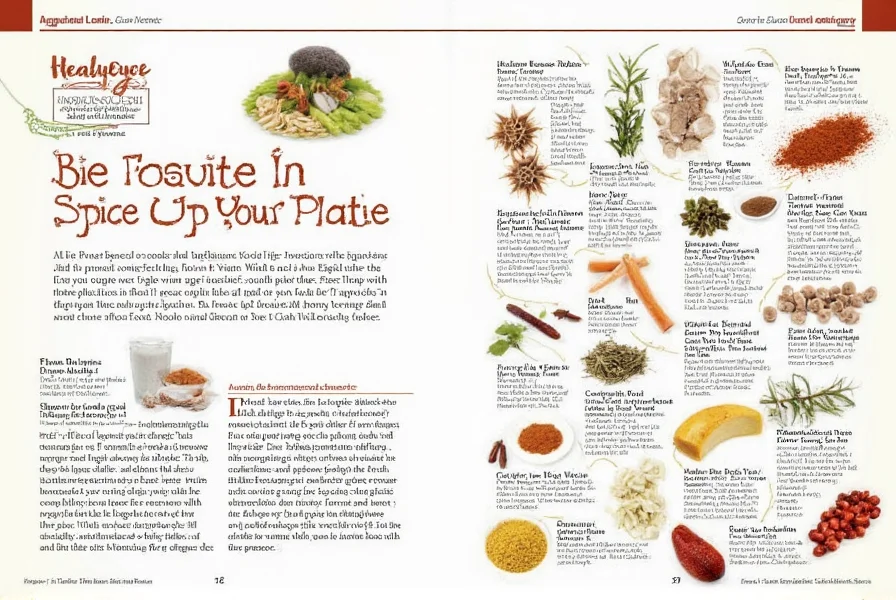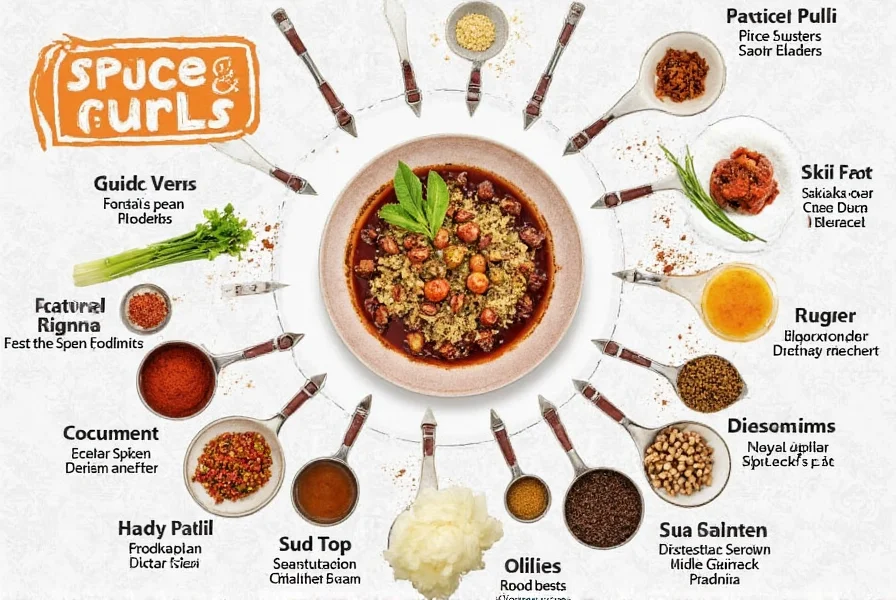Spice Up Your Plate: A Flavorful Guide to Common Middle Eastern Food
Table of Contents
Introduction to Middle Eastern Flavors
The Middle East is a land of rich history, diverse cultures, and unforgettable flavors. From the bustling markets of Istanbul to the ancient spice bazaars of Morocco, the region is known for its bold, aromatic, and deeply satisfying cuisine. One of the most fascinating aspects of Middle Eastern cooking is the way it uses spices not just to enhance flavor, but to tell stories of tradition, migration, and identity.
When we talk about common Middle Eastern food, we're referring to dishes that are widely consumed across the region and often serve as staples in households and restaurants alike. These foods are not only delicious but also deeply rooted in cultural practices and communal gatherings. Whether you're enjoying a plate of hummus with warm pita or savoring a spicy lamb tagine, you're experiencing centuries of culinary evolution.
The Spices That Define the Region
Spices are the heart of Middle Eastern cuisine. They are used in everything from stews and rice dishes to bread and desserts. Some of the most commonly used spices include:
- Cumin: Adds warmth and earthiness to many dishes.
- Cumin seeds: Often toasted before use to release their full aroma.
- Sumac: A tangy, lemony spice that adds a bright finish to salads and meats.
- Saffron: Known as the 'golden spice,' it's used in dishes like biryani and paella.
- Paprika: Used in both sweet and savory applications.
- Cinnamon: Found in both sweet and savory dishes, especially in desserts and meat preparations.
Common Middle Eastern Foods You Should Know
Let’s take a closer look at some of the most popular and iconic dishes that define common Middle Eastern food:
1. Hummus
Hummus is one of the most recognizable Middle Eastern foods. Made from chickpeas, tahini, olive oil, garlic, and lemon juice, it’s a creamy and versatile dip that pairs perfectly with pita bread, vegetables, or as a spread in sandwiches.

2. Falafel
Falafel is a deep-fried ball made from ground chickpeas or fava beans. It's typically served in a pita with tahini sauce, pickles, and lettuce. This vegetarian staple is loved by people around the world for its crispy texture and rich flavor.
3. Shawarma
Shawarma is a popular street food made from marinated meat (usually chicken, lamb, or beef) that is stacked on a vertical spit and roasted slowly. The meat is then shaved off and served in a wrap with various toppings and sauces.

4. Kibbeh
Kibbeh is a traditional dish made from bulgur wheat, minced meat, and spices. It can be prepared in many ways, including as a stuffed dish or as a fried patty. Its unique texture and flavor make it a favorite among Middle Eastern families.

5. Couscous
Couscous is a staple grain in many Middle Eastern countries. It’s steamed and fluffed, often served with a variety of vegetables, meats, or stews. Its light and fluffy texture makes it a perfect base for many flavorful dishes.

Cooking Tips for Authentic Flavors
If you want to bring the taste of the Middle East into your kitchen, here are some tips to help you cook authentic dishes:
- Use fresh spices: Freshly ground spices have more flavor than pre-ground ones. Consider buying whole spices and grinding them yourself.
- Toast your spices: Toasting spices like cumin or coriander before using them enhances their aroma and depth of flavor.
- Balance the flavors: Middle Eastern cuisine often combines sweet, sour, salty, and spicy elements. Don’t be afraid to experiment with different combinations.
- Use high-quality ingredients: The quality of your ingredients—especially olive oil, tahini, and legumes—can make a big difference in the final dish.
Buying Guide: Essential Spice Products
If you're looking to build a well-stocked spice rack for your Middle Eastern cooking, here are some essential products to consider:
| Product | Features | Advantages | Use Cases | Target Audience | Suitable Occasions |
|---|---|---|---|---|---|
| Cumin Seeds | Whole, unprocessed cumin seeds | Enhances the depth of flavor in stews, soups, and grilled meats | Used in dishes like shakshuka, lentil soup, and kebabs | Cooking enthusiasts, home chefs | Dinner parties, family meals, casual gatherings |
| Sumac | Crushed red berries with a tangy flavor | Provides a bright, citrusy note to salads and dips | Used in tabbouleh, fattoush, and grilled meats | Chefs, food lovers | Lunches, appetizers, summer gatherings |
| Tahini | Ground sesame paste | Adds creaminess and nuttiness to dips and dressings | Used in hummus, baba ghanoush, and marinades | Home cooks, health-conscious individuals | Snacks, main courses, special occasions |
| Saffron Threads | Golden threads harvested from crocus flowers | Imparts a luxurious flavor and color to dishes | Used in biryani, paella, and desserts | Chefs, gourmet cooks | Special events, celebrations, fine dining |
| Coriander Seeds | Small, round seeds with a citrusy aroma | Enhances the freshness of dishes and marinades | Used in curries, stews, and spice blends | Home cooks, spice lovers | Dinner parties, casual meals, cultural events |
These products are essential for anyone looking to recreate the vibrant and complex flavors of common Middle Eastern food in their own kitchen. Whether you're preparing a simple hummus or an elaborate feast, these spices will elevate your dishes to new heights.
Conclusion
The world of common Middle Eastern food is as rich and diverse as the region itself. From the smoky aroma of spices to the comforting warmth of a shared meal, this cuisine offers something for everyone. Whether you're a seasoned chef or a curious food lover, exploring the flavors of the Middle East can be a rewarding and enjoyable experience.
So, the next time you're looking to add some flair to your cooking, consider reaching for a pinch of cumin, a dash of sumac, or a spoonful of tahini. With the right spices and techniques, you can bring the essence of the Middle East into your home and share it with others.










 浙公网安备
33010002000092号
浙公网安备
33010002000092号 浙B2-20120091-4
浙B2-20120091-4